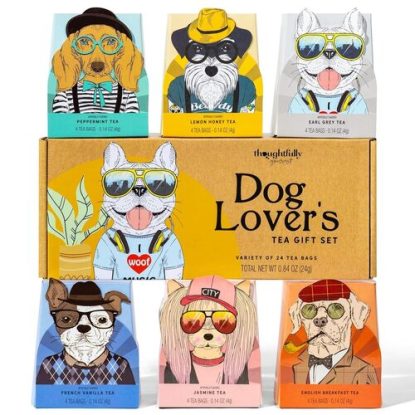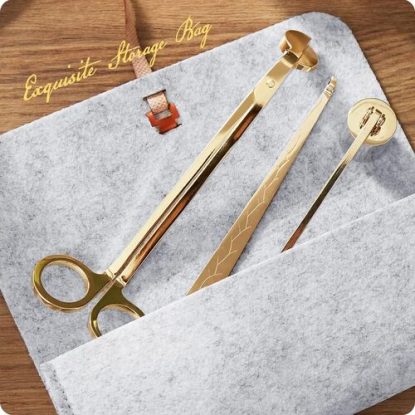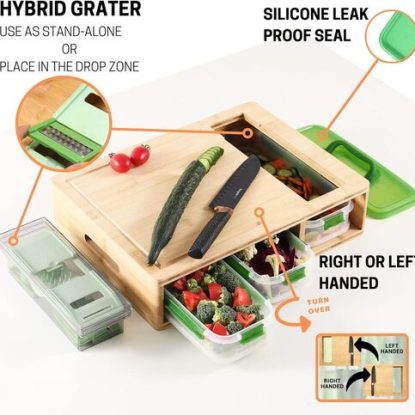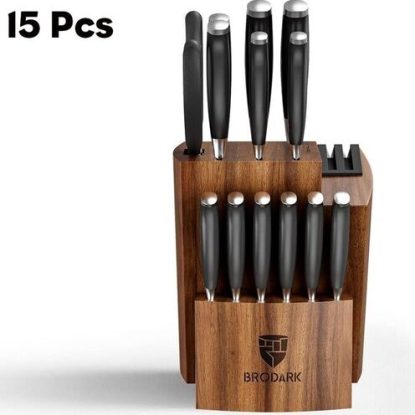Cold and throat ailments are among the most common infant illnesses, and the most common solutions to such problems are medication and the temporary installation of a humidifier for baby in the corner of the room. These are effective solutions, but it is often overlooked that the greatest effectiveness stems from the humidifier’s ability to raise room humidity to a level that is comfortable for the baby. Worse, most parents are unaware that maintaining adequate humidity is a full-time job, not something to be done only when the phlegm begins to run and the baby begins to cry.
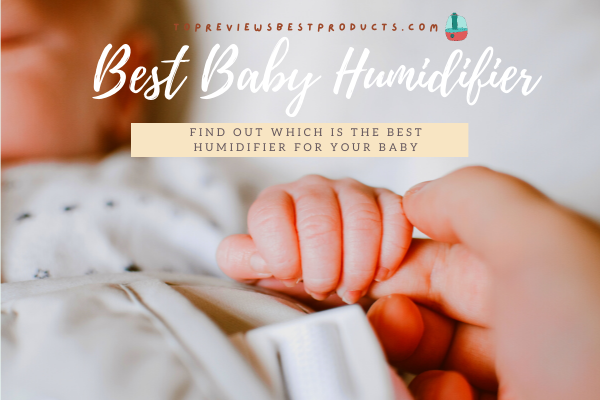
However, as with anything involving your precious little one, it is never a good idea to buy a humidifier without first thoroughly understanding its operation, the benefits to be gained, and, of course, the nuts and bolts of selecting the best unit. While the shape and capacity of humidifiers vary greatly, their inherent functionality is simple and consistent across virtually all products. This has enabled us to gather information about humidifiers that can be applied to a wide range of product categories and even climatic conditions. As responsible netizens and parents, we’ve compiled a guide using this information and our own knowledge so that your infant, too, can sleep and play in the comfort of a well-humidified room.
What is a Humidifier?
A humidifier is simply a device that adds moisture to the air in a room. A humidifier raises the humidity of the surroundings because humidity is defined as the amount of suspended water vapor or moisture in the air. A tray of water inside the humidifier contains a nasal decongestant agent (such as Vicks Vaporub) or essential oil. A motor inside the unit converts the water into tiny droplets, which are then pumped into the air at high speed. Because of their small size, they remain suspended in the air, bringing the agents and oil particles with them. They work together to create a more aromatic and, more importantly, more comfortable environment.
But why would it be necessary to increase humidity in order to improve comfort? The human body, whether infant or adult, is accustomed to atmospheric humidity levels ranging from 30 to 50 percent. During the dry winter months (or all year in dry climes), humidity can drop to as low as 10%. When the air outside is cold and then heated when it enters the home, the moisture level in the air drops dramatically.

Our mucosal membranes become dry as the humidity drops. These membranes line the nasal canal as well as several other sense organs. They are easily irritated and/or infected when they are dry. Itching, redness, swelling, and infection can result from this. Colds and coughs are only two of the most common infections caused by dry mucosal membranes. Humidifiers protect us from a variety of illnesses while providing a sense of comfort and well-being by maintaining ambient humidity in our comfort zone.
How Does A Humidifier Help the Baby?
Babies’ bodies work on the same principles as adults’, but their immune systems and physiological processes are less developed. This enables humidifier for baby to provide benefits to infants that adults are unlikely to require.
Keeps skin moist and supple
Unlike adults’ thick dermal membranes, babies’ skin is very thin and easily dehydrated. Skin that is dehydrated can become patchy and itchy. Because babies cannot scratch themselves in the same way that adults can, itching tends to disrupt their sleep. Furthermore, such skin can become irritated and infected. A humidifier keeps the skin moist and ensures that any creams or lotions you apply are properly absorbed by the pores.
Prevents lung problems
Cold air promotes virus growth while also drying the membranes of the baby’s respiratory passages – nose, throat, and lungs. When these factors combine, they can result in respiratory infections and clogged passageways. Many parents learn this the hard way when their child continues to suffer from the same problem despite repeated medication.
Humidifiers, as previously stated, produce fine water droplets containing decongestant agents and essential oils. While the increased humidity keeps the respiratory system moist, the oils help to slow virus growth and thus act as a preventive against viral infections.

Prevents nose bleeds
As the respiratory system dries out, nose bleeds occur when the mucosal membranes in the baby’s nose rupture due to extreme dryness (just like parched lips do). While not dangerous, nose bleeds can be painful for the baby and should be avoided by placing a humidifier in the room.
Improves sleep
According to Dr. Harvey Karp, author of “The Happiest Baby on the Block,” noises are amplified in the womb, so babies are accustomed to sleeping in noisy environments. The gentle hum of the humidifier for baby can help your bundle of joy get a good night’s sleep, provided the sound is not too loud.
Makes hot environments bearable
Babies, like adults, sleep better in hot rooms if the air is humid. This is especially true in the winter, when the baby’s room may have a heater or furnace and he/she may be wrapped in multiple layers of clothing.
Prevents static shocks
While not a major concern, the presence of static electricity in the baby’s blankets can cause unpleasant sensations. A humidifier reduces the amount of static in the room, lowering the likelihood of a static shock.
Considerations for Choosing the Best Baby Humidifier
It is difficult to say which type of humidifier is the best in absolute terms because, as previously stated, each variant has advantages and disadvantages. However, when it comes to babies, there are certain features that every humidifier should have because their needs differ from those of adults and, unlike the latter, they are unable to express their preferences.
Automatic Shutdown
This is a feature that allows the humidifier to turn off when the water runs out. This keeps the machine from running dry and, as a result, burning out. More importantly for babies, because the noise level rises as the water runs out, the automatic shut-off ensures that the baby is not unduly disturbed.
Anti-microbial Features
In addition to filters, many of the best humidifiers have UV lamps and/or silver ion systems that prevent mold and bacteria growth inside the machine. This adds an extra layer of protection against the spread of germs, keeping your child safe while also reducing the need to open the unit and clean it manually on a regular basis.

Replaceable Filters
Some units come with permanent filters, while others can and should be replaced. Replaceable filters are more expensive, but they ensure that if something goes wrong with the filter, it can be replaced. Permanent filters, on the other hand, may not need to be changed, but if something goes wrong, professional assistance will be required to replace the filter.
Humidistat
Just as a thermostat measures temperature, a humidistat monitors the humidity level in the room. The presence of a humidistat allows the unit to determine when the humidity in the room has reached the optimal 50 percent, reducing the likelihood of the air becoming oversaturated with moisture. This is especially important for babies, who are frequently left unsupervised. If the humidifier exceeds the ideal humidity levels in such a case, the baby may suffer from a cold and breathing difficulties.
Hard Water Adaptability
While the mist produced by hard water is completely safe for babies, the ions in hard water can damage the filters. This may reduce the effectiveness of the unit’s built-in bacterial defense systems. As a result, it is critical to ensure that the humidifier for baby is compatible with hard water or, at the very least, that it is compatible with filters that can handle hard water.
Noise
As previously stated, the humming noise of a humidifier can make the baby feel more comfortable than he or she is normally. However, babies, like adults, have a comfort threshold beyond which noise becomes a hindrance. Large humidifiers kept in small rooms may interfere with the baby’s ability to sleep. As a result, while the type of noise produced by the humidifier is acceptable, the level of noise must be kept within reasonable limits by purchasing a reasonably quiet unit that is appropriate for the baby’s room size.

Price and warranty
A humidifier for baby with the aforementioned features should not cost more than $100 if you opt for tabletop models. In-duct units are significantly more expensive, and you will almost certainly need to seek professional advice on the specifics of the humidifiers to be used. Similarly, warranty varies greatly. Most good models have a warranty period ranging from 6 months to a year, though some in-duct units may have lifetime warranties depending on the price and nature of the installation.
Types of Humidifiers
So far, the discussion has been focused on researching the uses of humidifiers for babies, and as a result, we’ve referred to humidifiers as a single monolithic category. In reality, however, there are numerous types of humidifiers on the market, and we would be remiss if we did not walk you through the most common types.
Warm mist vs cold mist
As previously stated, warm mist humidifiers operate on the same principles as vaporizers. Many of them, however, include thermostats and other temperature-regulating mechanisms that prevent the temperature from rising above a certain point. These are most effective when the air is dry but cool.
Cold mist units do not use heat because they use high pressure to convert water into fine mist. Ultrasound or chemicals are used in modern variants to purify the water and thus prevent germs from spreading. These units work best in conjunction with heaters or in already warm rooms.

Tabletop vs. in-duct
The majority of the humidifier for baby models on the market are tabletop models. These self-contained units can be placed anywhere in the house. However, their water bowls must be refilled on a regular basis, making them difficult to operate. In-duct options, on the other hand, are installed directly into the home’s air ducts and can thus humidify all air uniformly rather than starting at the point of operation. Their filters only need to be changed once or twice a year, and they are generally low-maintenance. However, in-duct units are more expensive than tabletop units and are not movable.
Units with and without filters
A filter humidifier for baby, as the name implies, contains one or more filters that clean the water of bacteria and, in some cases, dissolved chemicals. Non-filter units remove impurities using ultrasonic waves and thus rely on physical rather than chemical processes. In terms of outcomes, it is difficult to say which is superior. However, the cost of replacement filters easily outweighs the cost of non-filter units.
Conclusion
Babies have the dual disadvantages of having weak bodies and being unable to express their displeasure clearly. As a result, much of “what is good for baby” is a combination of conjecture and expert opinion from those with experience with infants. As a result, despite our best efforts to provide the most accurate guide, your child’s needs and desires may differ from both expert opinion and our own understanding of the concept of dryness and the utility of humidifiers.
Keeping this in mind, we recommend carefully observing the child in the early stages of humidifier use to ensure he or she is comfortable, as well as being prepared to change the unit if the results are significantly different from expectations.
All things considered, we believe the above guide is a good starting point for determining which humidifier is best for baby. The above paragraphs, when combined with careful consideration and observation of the child, should be able to provide your baby with the comfort and rest that you so desperately want to provide him/her.
Comments
0 comments
